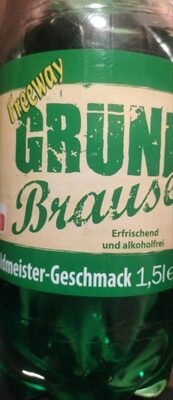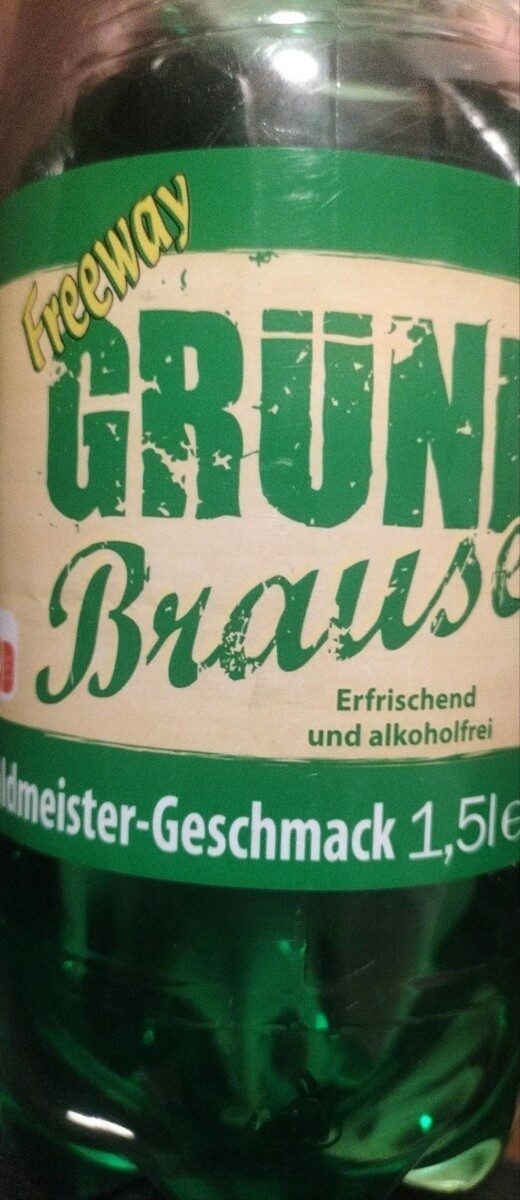Grüne brause - Freeway - 1,5l
This product page is not complete. You can help to complete it by editing it and adding more data from the photos we have, or by taking more photos using the app for Android or iPhone/iPad. Thank you!
×
Barcode: 42256601
Common name: Kalorienarmes Erfrischungsgetränk mit Waldmeistergeschmack mit Zucker und Süßungsmitteln
Quantity: 1,5l
Packaging:
Plastic, Pet-polyethylene-terephthalate, Bottle, de:Einwegpfand
Brands: Freeway
Categories: Beverages, Carbonated drinks, Sodas, Lemonade
Labels, certifications, awards: Contains a source of phenylalanine
Stores: Lidl
Countries where sold: Germany
Matching with your preferences
Environment
Packaging
Transportation
Report a problem
Data sources
Product added on by standardanalysis
Last edit of product page on by duhowpi.
Product page also edited by kiliweb, openfoodfacts-contributors, packbot, yuka.sY2b0xO6T85zoF3NwEKvlhUXbcHvojb1GAzSx2_W_o2sdMC5PsFqxNLCHKs, yuka.sY2b0xO6T85zoF3NwEKvllB2Yv2B_RHEFxLlwVLal92_CKzWXY0ixaLFMqs, yuka.sY2b0xO6T85zoF3NwEKvlldMTPHsjADFLBzRq3K544uVCLm4S_MsuofzIag, yuka.sY2b0xO6T85zoF3NwEKvlmxlXtrxgT_aNAPSw26TnfSrA47mS-9C55XBIqg.










